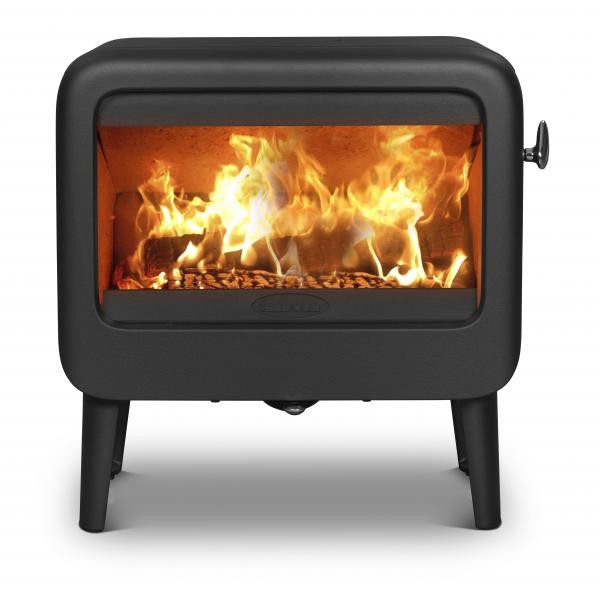While enjoying the deep seated heat provided by the modern day wood-burning and multifuel stove it is tempting to continue piling fuel as high as possible to maintain the warmth. Believe it or not, there is a very common occurrence with stoves which is overfiring. So, what is overfiring and what damage can it do to your stove and your pocket?
Operating your stove at too high a temperature
In simple terms, overfiring is when you operate your stove at too high a temperature which can cause all kinds of issues. Whether you are piling the fuel too high or allowing too much air to flow through the system it can have a major impact.
Warping
Despite the fact modern-day wood-burning and multifuel stoves are made of extremely tough and durable materials, constant overfiring can cause warping. It may take some time before this effect is invisible to the naked-eye but it will begin to effect the efficiency of your stove well before this point. This can also have an impact upon individual parts of your stove which will need replaced more frequently at added expense. Indeed, if constant overfiring occurs then this can cause long-lasting damage to the inner workings.

Damage to stove parts
Even though the modern day stove is built to last and withstand high temperatures, if overfiring does occur this will have an impact upon individual parts. Whether this is the fire bricks, the lining of the flue pipe or the glass viewing area (the glass can start to crack) there will be other costs that could have been avoided. Whilst all spare parts today offer good value for money and are extremely durable, even more so under normal usage, the damage caused by overfiring can begin to add up.
How to avoid overfiring
In other areas of the heating industry we often hear about expensive safety mechanisms which will maximise output and durability. This is certainly not the situation with overfiring which you can monitor very easily with stove pipe thermometers which are available for just a few pounds. The thermometers are placed on the flue pipe and measure the temperature of the gases as they leave the stove. The thermometers will show indicative ranges, so you can see whether you are overfiring your stove and can cut back on the fuel and the air intake.

Aside from potential damage to the body of your stove, and the inner workings, overfiring will lead to increased fuel burn and an increase in your fuel spend. It is also worth noting that due to the design of the modern day stove they do not immediately pump out the heat created in the combustion chamber. Instead, the heat is retained within the body of the stove and radiated into the room over an extended period. Therefore, even when you stop burning fuel in your stove, you will continue to feel the heat radiating from the body for many hours afterwards.
Finding the optimum working conditions is not difficult as the stove pipe thermometer will help you to find the perfect working temperature.

